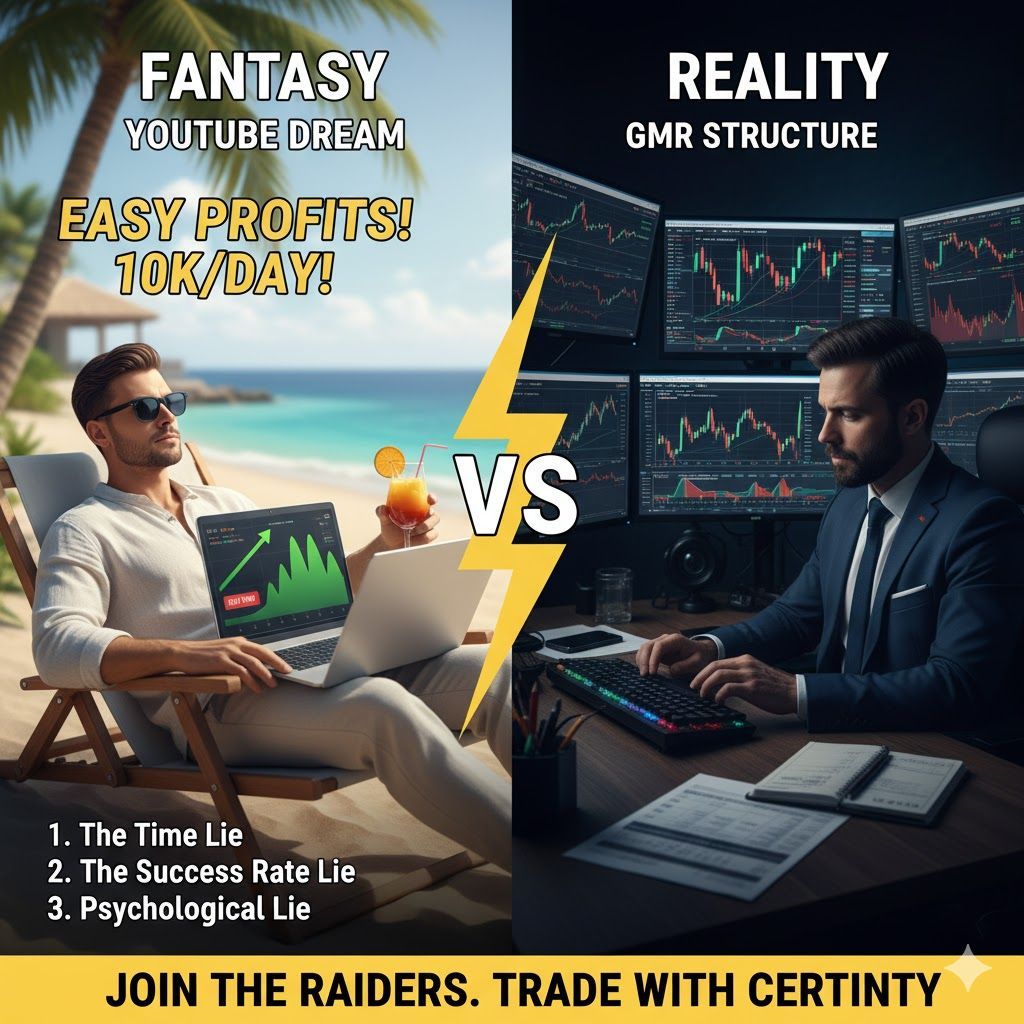The NQ Execution Checklist: From Inconsistent P&L to Positive Expectancy
Anatomy of a Systematic NQ Setup: Using VWAP and Moving Averages for High-Probability Momentum Trades.

💻 Mastering the Tech Tide: A Systematic Day Trading Guide for NASDAQ Futures (NQ/MNQ)
Introduction: Taming the Tech Volatility 🎢
The NASDAQ-100 Futures (NQ) and its smaller counterpart, the Micro NASDAQ-100 Futures (MNQ), are magnets for active day traders. Representing the top 100 non-financial companies, these contracts are highly reactive to tech news, earnings, and global risk sentiment. This results in high volatility and strong, rapid directional moves.
While the profit potential is immense, the emotional risk is equally high. To succeed, you must move beyond relying on P&L and adopt a rock-solid, systematic approach. This guide will provide the framework.
Section 1: The NASDAQ's Personality and Key Drivers
To trade NQ/MNQ systematically, you must respect its nature:
- Momentum King: The NASDAQ tends to trend heavily. Once a direction is established, it can run for hours with minimal pullbacks.
- Response to News: It is extremely sensitive to US economic data (CPI, NFP), Federal Reserve commentary, and, most importantly, big tech earnings reports and analyst upgrades/downgrades.
- Tick Value: Be acutely aware of your risk. The full NQ contract moves in quarter-point increments, with a value of $5.00 per tick (or $20.00 per full point). The MNQ contract is $0.50 per tick (or $2.00 per full point).
Section 2: Core Systematic Strategies for NQ/MNQ
We focus on strategies that rely on objective signals to close the gap between planning and execution.
1. Trend Confirmation Using VWAP and EMAs
This strategy capitalizes on the NASDAQ's momentum.
- Indicators: Use the Volume Weighted Average Price (VWAP) and a fast/slow Exponential Moving Average combination (e.g., 9-period EMA and 20-period EMA).
- The Setup (Long Bias):
- Price is trading above the VWAP (confirms intraday institutional buying).
- The 9 EMA is trading above the 20 EMA (confirms upward momentum).
- Entry Signal: Enter a long trade when the price pulls back to the 9 EMA or 20 EMA and shows a clear rejection (a bounce or a small reversal candle).
- The Exit: Trail your stop below the 9 EMA or target a key resistance level identified from pre-market analysis.
2. Clean Range Breakouts
NASDAQ often consolidates during slower parts of the day before a strong afternoon session.
- The Setup: Identify a clear consolidation range (a high and a low) that has held for at least 60 minutes.
- Confirmation: Wait for a candle to close definitively outside the range on above-average volume. Do not trade the wick; trade the closed body.
- Entry: Enter on the break, or on a brief re-test of the broken high/low, now acting as support/resistance.
- Risk Management: Place your initial stop-loss just on the other side of the broken range.
Section 3: Risk Management: Your Non-Negotiable Checklist Item
For a Tier 2 trader working toward consistent results, mastering risk management is the most critical step.
A. Strict Position Sizing
Your contract size must be determined before the market opens. If you are risking $500 per trade (e.g., 1% of a $50,000 account) and your strategy requires a 30-point stop on NQ (a $600 risk), you cannot take the trade with a full NQ contract. You must adjust to the MNQ contract or find a setup with a tighter stop.
B. Emotional Shield: Stop-Loss Discipline
NQ can reverse 50 points in seconds. Your stop-loss must be non-negotiable and placed immediately upon entry. You are not trading the money; you are trading the system's edge. Once the stop is hit, the trade is over, regardless of what the price does next.
Section 4: Performance Analysis: The Expectancy Edge 🔬
Relying on daily P&L is inconsistent. The professional approach is to calculate your strategy's Expectancy. This metric tells you, on average, how much you can expect to win or lose for every dollar risked. A positive expectancy proves your system has a statistical edge.
Conclusion: Trade the System, Not the Hope
The NASDAQ futures market offers incredible opportunities, but only to the disciplined. By establishing a system based on objective trend-following rules, adopting non-negotiable risk management, and committing to performance analysis, you will transform your inconsistent results into a reliable trading operation.
Ready to close the gap between planning and execution by mastering performance analysis?








